For optimum driving comfort and safety, the power steering system must be kept in good working order. Reduced steering performance and potential system damage can arise from power steering fluid being clogged with particles over time and losing its efficiency. By flushing the power steering system, impurities and old fluid are removed, resulting in responsive and smooth steering. In order to keep the steering of your car in good shape, we'll show you in this blog article how to flush a power steering system.
I. Understanding the Power Steering System:
Understanding the power steering system's fundamental parts and operations is crucial before getting into the flushing procedure. The steering rack or gearbox, hoses, the power steering fluid reservoir, the power steering pump, and other parts make up the power steering system. The system's power steering fluid is essential since it aids in the transmission of hydraulic pressure that aids in steering.
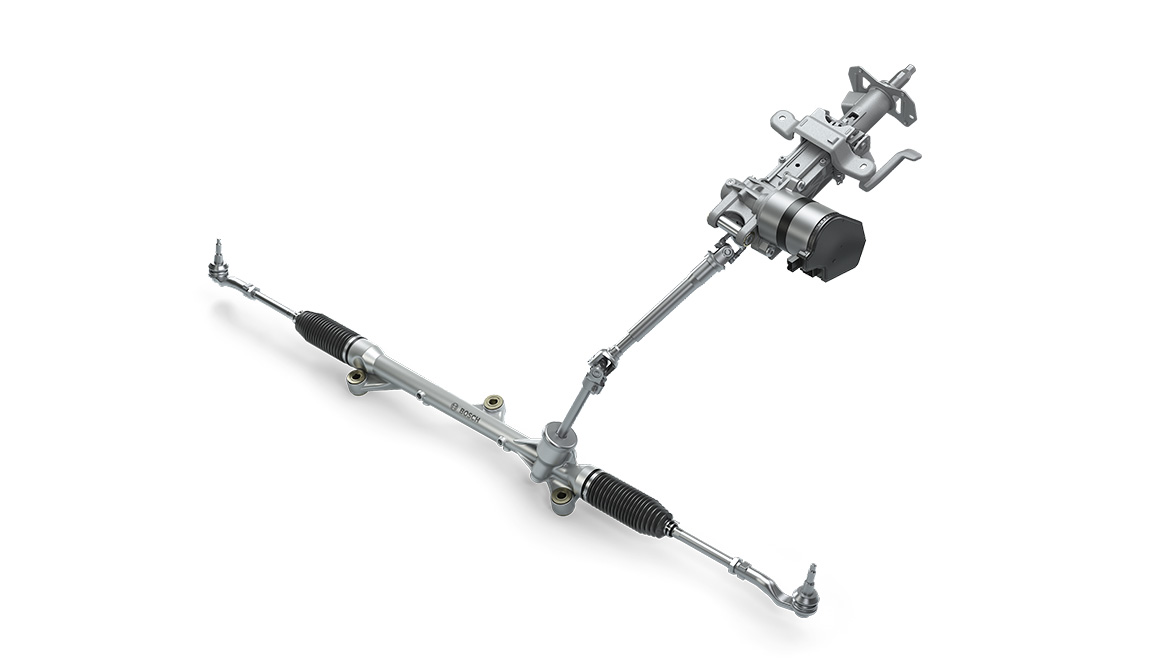
II. Signs that a Power Steering System Needs Flushing:
It is important to be aware of the signs that indicate the need for a power steering system flush. Common signs include difficulty turning the steering wheel, excessive noise or whining when turning, or a noticeable decrease in steering performance. If you notice any of these signs, it is likely that your power steering system requires attention.
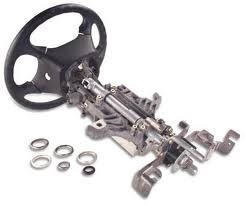
III. Preparing for the Power Steering System Flush:
Before starting the flushing process, gather the necessary tools and materials. You will typically need a wrench, a drain pan, new power steering fluid, and possibly a power steering fluid pump or turkey baster. Additionally, make sure to take appropriate safety precautions, such as wearing protective gloves and eye goggles, as power steering fluid can be hazardous to the skin and eyes.
IV. Step-by-Step Guide to Flushing the Power Steering System:
- Locate the power steering fluid reservoir and use a turkey baster or fluid pump to remove as much old fluid as possible.
- Place a drain pan under the vehicle to catch any fluid that may leak during the flushing process.
- Disconnect the return hose from the power steering pump and direct it into the drain pan.
- Start the engine and let it idle. As the engine runs, it will pump out the old fluid. Be careful not to let the power steering pump run dry.
- Slowly turn the steering wheel from lock to lock several times. This helps to expel the old fluid from the system.
- Keep adding new power steering fluid to the reservoir as the old fluid is being pumped out.
- Continue the process until the fluid being expelled is clean and free of debris.
- Reconnect the return hose to the power steering pump and ensure it is securely attached.
- Check the power steering fluid level and top up if necessary.
- Start the engine again and turn the steering wheel a few times to ensure proper circulation of the new fluid.
- Check for any leaks or abnormalities in the power steering system and address them if needed.

V. Benefits of Power Steering System Flushing
Regularly flushing the power steering system offers several benefits, including improved steering performance, increased lifespan of power steering components, and reduced risk of system failure. Flushing removes contaminants that can cause damage to the system and ensures smooth operation of the power steering system.
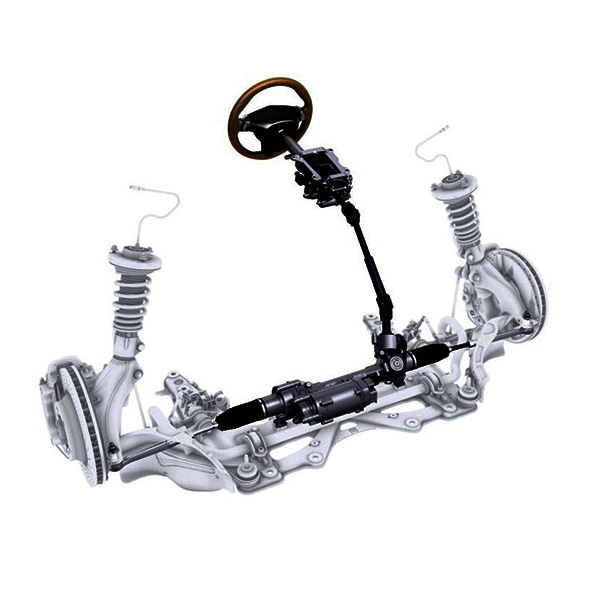
In Conclusion
The efficiency and lifespan of your vehicle's steering system may be greatly enhanced by simply flushing the power steering system. You can confidently flush your power steering system using this step-by-step manual and take pleasure in perfect steering performance for a very long time. Always refer to your vehicle's owner handbook for instructions and suggestions that are particular to your make and model. Your power steering system will continue to deliver quick and smooth steering, boosting your driving experience, with regular maintenance and appropriate care.
Remember, it is always advised to get expert help from a licenced technician or automotive repair facility if you are unsure about flushing the power steering system yourself. They possess the knowledge and specialised tools necessary to guarantee that the cleansing procedure is carried out effectively.
For safe and comfortable driving, the power steering system must be kept in good condition. Following the instructions in this step-by-step manual and being proactive about flushing your power steering system can help you keep your car's steering in peak condition, which will improve control and overall performance.
Don't forget to maintain your power steering system, then. Take the time to routinely cleanse it, and you'll enjoy responsive and fluid steering on all your excursions. You'll be grateful to your car for it!
Keep in mind that frequent service and good maintenance are essential for the power steering system to operate at its best. You can assure quick and smooth steering, extend the life of the parts, and keep future repairs expensive by flushing the power steering system at the suggested intervals.
Disclaimer: This blog article is solely meant to provide information. Always check your car's owner handbook and a qualified mechanic for instructions and guidance that are suited specifically to your vehicle.
The Previous Articles:
What Is Rack and Pinion Bushing? How To Tell If Rack and Pinion Bushings Are Bad?
Why Steering Rack Makes Noise When Turning?
How To Rebuild A Steering Rack?
What Is A Rotary Valve Power Steering Rack?
Rack And Pinion System Vs Power Steering System: What Are The Differences?
Power Steering Rack Market Analysis Report (Japan Market)
What Causes Steering Rack to Go Bad?
Design Of Car Rack And Pinion Steering Racks
What Is The Intelligent Steering Rack Used By VW, Toyota, Honda And Renault?
Understanding Steering Angle Sensors: A Detailed Overview
Demystifying Power Steering Fluid: Understanding Its Role in Steering Systems
What is steering rack repair kit?
What is power steering reservoirs?
Understanding the Severity of Rack and Pinion Leaks in Your Vehicle
How to Find a Reliable Supplier of Steering Rack in China? Why You Should Choose Us?
What Is a Steering Rack Belt: Exploring the Role of Electric Steering Rack Belts
What Causes Drive Shaft Failure?
Steering Rack: When Should You Replace It?
Is Steering Rack Expensive to Fix? Exploring Steering Rack Repair and Costs
Demystifying the Difference Between Steering Rack and Steering Column

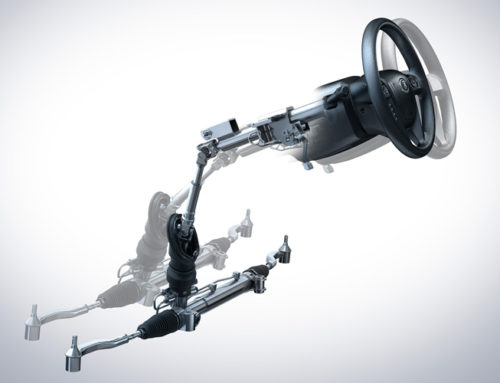
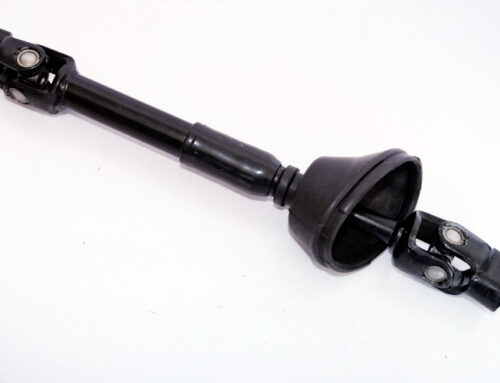
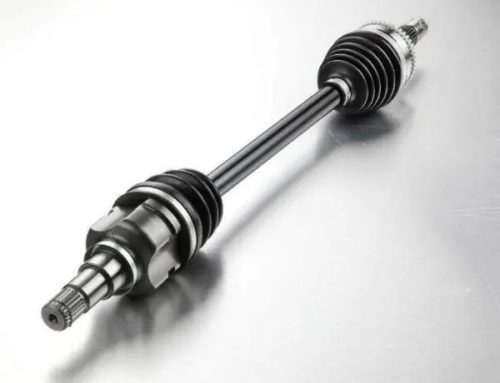
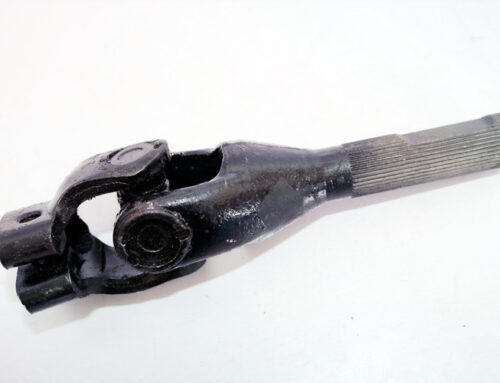

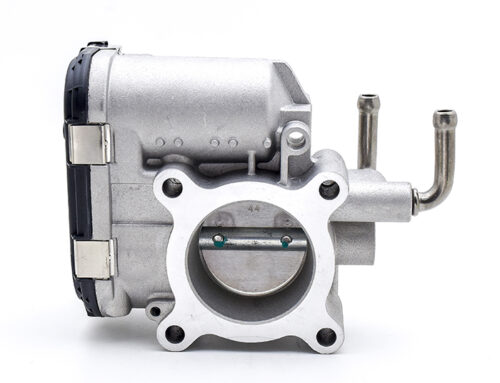
Your place is valueble for me. Thanks!…